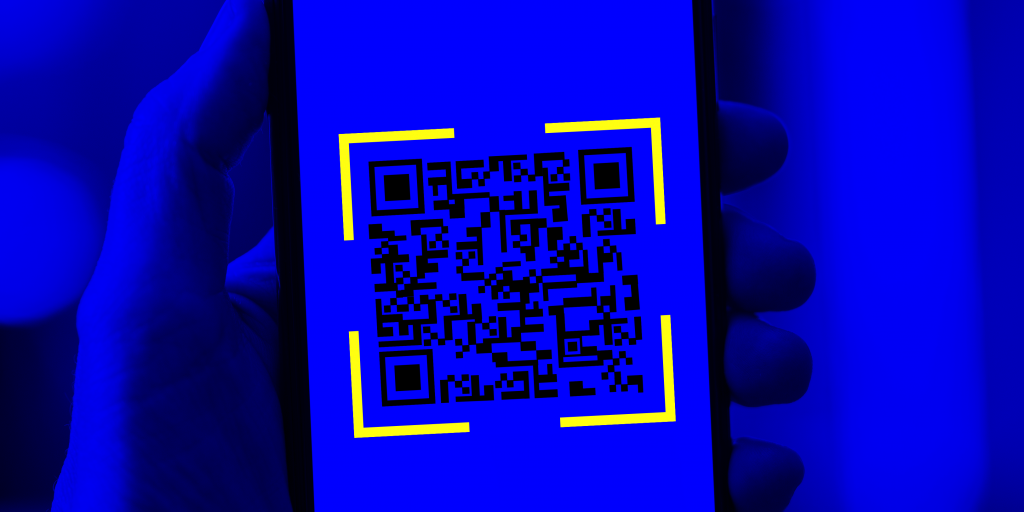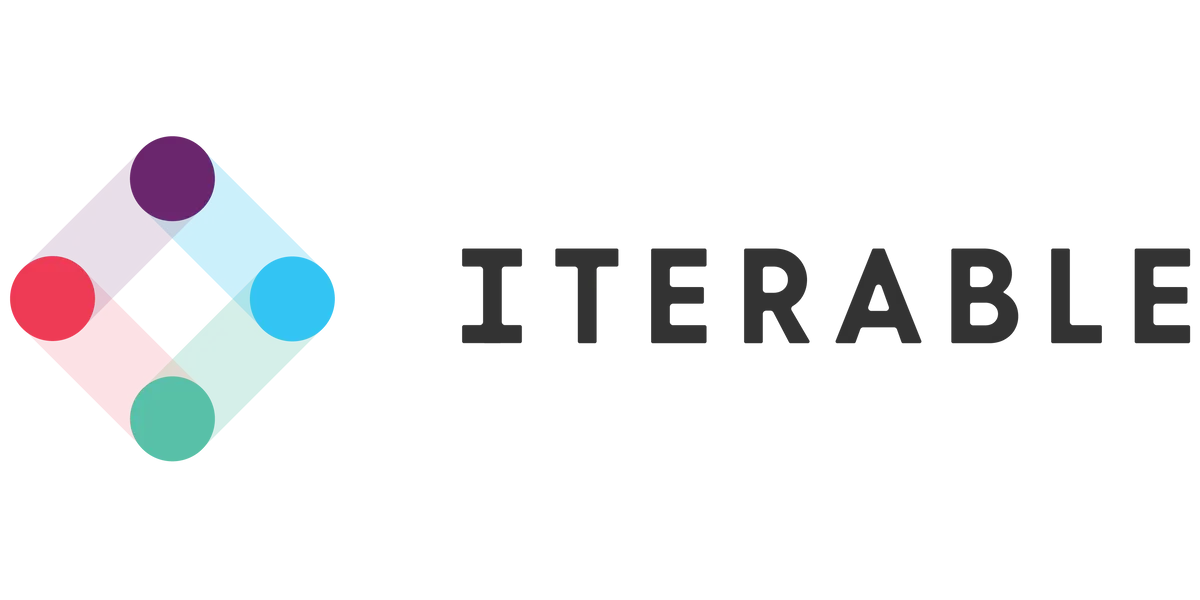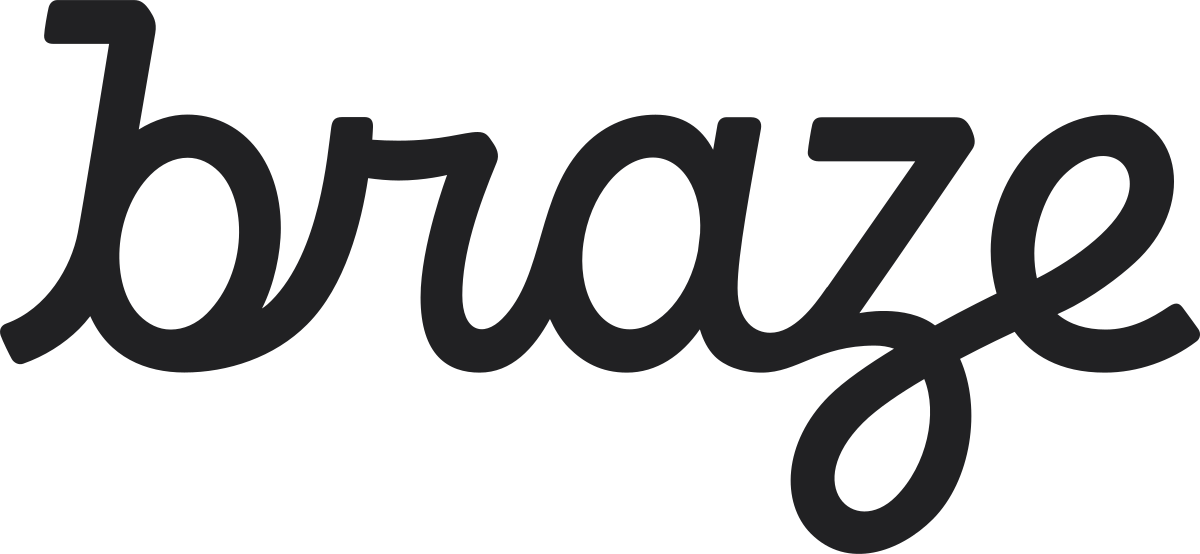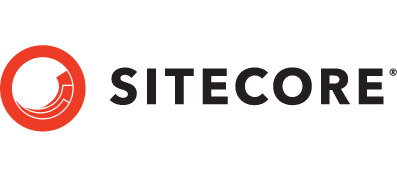A month into 2021 and the trend predictions are flooding into my Inbox and my LinkedIn feed. On top of that, Google will serve you up around 828 million marketing trends for 2021 in half a second. But as a professional question-asker, I have to ask the question: how can you believe any of them?
While the past is no accurate predictor of the future, it’s worth looking at some precedent. Predicted trends in past years, like voice search, have consistently maintained a presence without changing the world. Chatbots have fizzled since their hype at the end of 2016 (when Microsoft CEO Satya Nadella described them as “the new apps”). And then of course there’s the humble QR code – big in Japan for decades – but promptly rejected when brands tried to introduced them into the Australian market. Until well, COVID made it arguably the biggest tech winner of 2020!
So how do you spot the proper trends? We’ve developed a trend classification system to help you ID the trends worth focusing on, and the ones best ignored.
1. Synthetic Trends
Classification: FAKE
How to spot: These trends are generated by the development of a new technology or product by a company or industry. They are usually accompanied by breathless whitepapers written by that company, including survey results that indicate the future will be owned by that trend.
And of course, the examples are those we’d all expect: from the rise and fall and rise (and fall) of Virtual Reality, to the more accessible, but still transient Augmented Reality. (Though perhaps Augmented Reality Shopping will be its true calling.) Then there much-hyped martech trends like Hyper-Personalisation (more on that below).
Why they fail: It’s generally for one of two reasons. Firstly, tech adoption within the population takes a long time. Even smartphones took 10 years to reach 40% penetration. Is Virtual Reality, a far more expensive and complex technology – which has already had a few false starts – likely to be faster than that? A new technology out this year will likely take years to be adopted, if it is adopted at all (Google Glasses, anyone?). The second likely reason is that implementing new technology is enormously complex and time consuming for companies. Projects take time, brain power, and resources to successfully launch, if they come off at all. Case in point: McDonald’s investment in hyper-personalisation with Salesforce, which ended up being enormously complex and expensive for very little business benefit.
2. Lazy Trends
Classification: FAKE
How to spot: If a trend feels like everyone is already doing it, it’s probably a lazy trend. These trends are the essentials for most businesses to engage in, or at least consider, as part of a comms strategy.
A good example of these can be found in those “Trends you can’t ignore”-style articles that then run through topics that have been around forever anyway – like Programmatic Advertising, Video Marketing, Influencer Marketing, SEO, etc.
Why they don’t happen: Everyone is already doing them anyway; it’s more about staying up to date as a digital marketer than following a new trend. The real secret is in knowing which of these areas can deliver the outcomes your business is looking for.
3. Vague Trends
Classification: FAKE
How to spot: These trends sound fantastic on first read, but often fall down because they’re not really trends. They’re organisational imperatives that everyone likes to talk about. Ask yourself if a “trend” has a desirable opposing state and if it doesn’t, it’s more than likely a vague trend. Take Brand Trust for example; would any brand want to foster distrust? (Facebook aside.)
This trend area is rife for an overload on the buzzword bingo quotient. Consider examples like the aforementioned Brand Trust, then throw in a dash of Brand Agility, some Human Connection, Customer Experience, and my personal favourite – Digital Transformation.
Why they fail: I’m certainly not arguing these things aren’t important, just that they’re not really trends. They simply hang around being talked about constantly, but with vastly different meanings in different contexts. They lack useful specifics, with some organisations just adopting or adapting quicker than others. Like the lazy trends, it’s more about understanding what’s critical to achieving your business outcomes than jumping on any particular bandwagons.
4. Organic Trends
Classification: REAL
How to spot: Proper trends are challenging to spot. Even the best observers, like our friend from Microsoft, misfire occasionally. Here are some characteristics to look out for.
- A trend needs to be organic in generation, not synthetic. That is, the energy comes from people, not from a marketing department.
- A trend needs to have widespread potential for uptake. If a trend is too niche, or has high barriers to entry (like specific hardware/software requirements), it’s unlikely to get enough critical mass to be properly adopted.
- A trend is often sparked by macro-economic factors, like pandemics (QR codes) or recessions/booms (here’s a prime example from the 2009 recession). These factors have large impacts on people’s behaviour, which can lead to massive changes over time.
Alongside our newfound BFF status with the QR code, another prime example is around food delivery platforms. Eighteen months ago it was predicted to reach the USD200b mark by 2025, but it’s likely events of the past year will have accelerated that growth substantially. And even when life gets back to normal, the new normal will be probably be one in which we enjoy our restaurant favourites from the comfort of our own home. Saves on corkage, after all.
My last word on dealing with trends in 2021 is simple: it should be an exercise in filtering out the twaddle, focusing on the important basics of your own strategy, and only shifting tack when you spot a movement that could have a significant impact on your business. Happy trending!


















